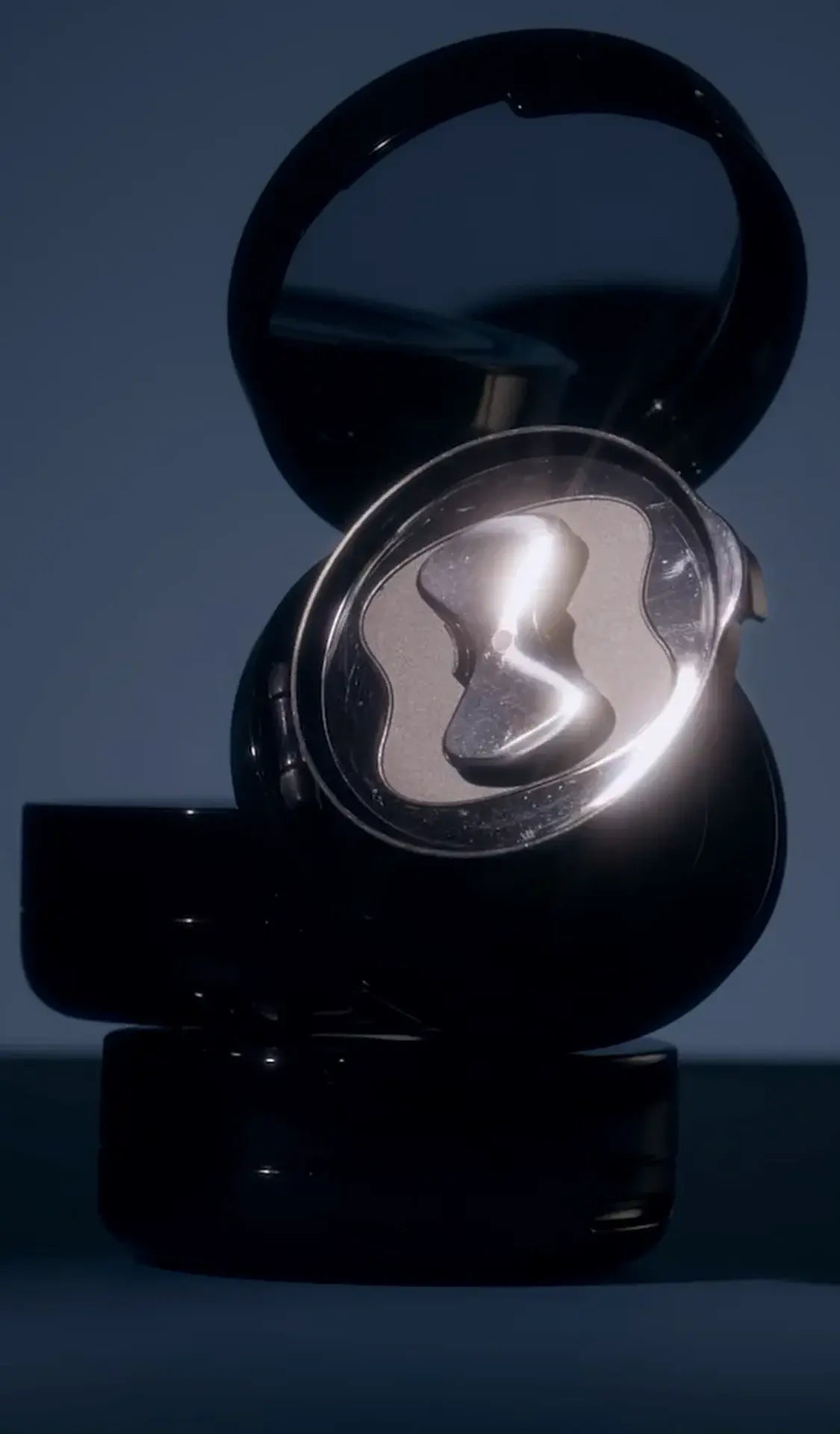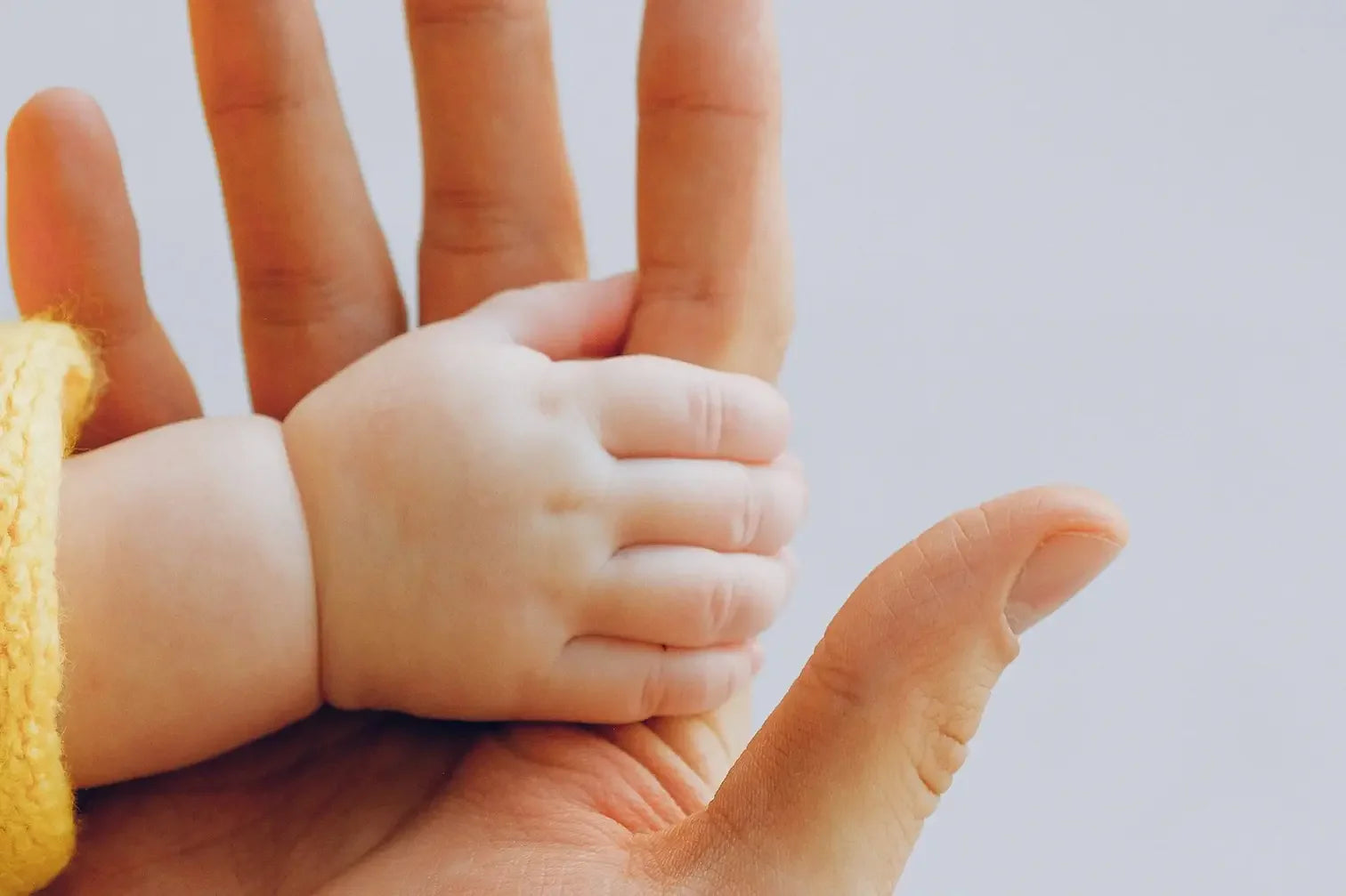Along with protection and regulation, sensation is one of the skin’s primary functions. It helps us feel the heat of a blazing stove, the sharp prick of a thorn, and the icy sting of a cold pond. When we think about sensation on its surface, it’s easy to assume that it simply exists to help us avoid physical danger. But have you ever stopped to consider that sensation is also key to our survival as a social species? Physical sensation is about more than just preventing injury: it’s also fundamental to our feelings of wellbeing, connectedness, and belonging–all reliable predictors of overall longevity. Let’s take a closer look at how physical touch can help us lead longer lives in good health.
Along with protection and regulation, sensation is one of the skin’s primary functions. It helps us feel the heat of a blazing stove, the sharp prick of a thorn, and the icy sting of a cold pond. When we think about sensation on its surface, it’s easy to assume that it simply exists to help us avoid physical danger. But have you ever stopped to consider that sensation is also key to our survival as a social species? Physical sensation is about more than just preventing injury: it’s also fundamental to our feelings of wellbeing, connectedness, and belonging–all reliable predictors of overall longevity. Let’s take a closer look at how physical touch can help us lead longer lives in good health.
01
What are the four types of sensation?
The dermis layer of our skin is home to thousands of nerve endings that send information to the brain about what our skin is experiencing. The more nerve endings an area has, the more sensitive it is to sensation. For example, our fingertips and toes are full of nerve endings–helping us pick up more information when we encounter external stimuli with our hands and feet.Generally, the sensations we experience fall into one of four categories: temperature, pressure, pain, and touch. For most of us, it’s easy to understand why we have evolved to sense temperature, pressure and pain because all three of these sensations help us avoid bodily harm. But what exactly is the purpose of touch?
01
What are the four types of sensation?
The dermis layer of our skin is home to thousands of nerve endings that send information to the brain about what our skin is experiencing. The more nerve endings an area has, the more sensitive it is to sensation. For example, our fingertips and toes are full of nerve endings–helping us pick up more information when we encounter external stimuli with our hands and feet.Generally, the sensations we experience fall into one of four categories: temperature, pressure, pain, and touch. For most of us, it’s easy to understand why we have evolved to sense temperature, pressure and pain because all three of these sensations help us avoid bodily harm. But what exactly is the purpose of touch?
02
What is the purpose of touch?
Like the other sensations our skin experiences, touch sends important information to our brains. Touch helps us determine an object’s softness or firmness and assess shapes and textures. From an evolutionary perspective, this skill has helped us judge food sources, create tools and shelters, and learn about our environment and the other creatures we share it with.But did you know that touch also has an immense impact on our social life? As deeply social creatures, our relationship to touch has evolved to strengthen the critical social connections that have ensured our survival for millennia. In fact, from the moment we are born, social touch plays a central role in both our mental and physiological health. [1]
02
What is the purpose of touch?
Like the other sensations our skin experiences, touch sends important information to our brains. Touch helps us determine an object’s softness or firmness and assess shapes and textures. From an evolutionary perspective, this skill has helped us judge food sources, create tools and shelters, and learn about our environment and the other creatures we share it with.But did you know that touch also has an immense impact on our social life? As deeply social creatures, our relationship to touch has evolved to strengthen the critical social connections that have ensured our survival for millennia. In fact, from the moment we are born, social touch plays a central role in both our mental and physiological health. [1]
03
How does touch impact our wellbeing as children?
Numerous studies have shown that caregiving touch is essential to healthy development in infancy. In addition to emotional benefits like reducing stress and instilling calm, touch can have concrete physiological effects in our earliest days [2]. For example, one study found that premature infants who received extra touch therapy gained 47% more weight than infants that received only standard medical treatment. [3]The impacts of early touch reverberate well beyond infancy. Children who do not receive sufficient caregiving touch early in their lives are at a higher risk of negative outcomes including struggles in speech development, sleep problems, difficulties in school, and behavioral aggression–early challenges that can continue to present difficulties for a person throughout their lives. [4]In fact, our earliest experience with physical touch can have consequences on our relationships later in life. A recent study conducted among romantic couples showed that couples who self-reported a high amount of mutual grooming were more likely to have experienced familial affection as children. [5]
03
How does touch impact our wellbeing as children?
Numerous studies have shown that caregiving touch is essential to healthy development in infancy. In addition to emotional benefits like reducing stress and instilling calm, touch can have concrete physiological effects in our earliest days [2]. For example, one study found that premature infants who received extra touch therapy gained 47% more weight than infants that received only standard medical treatment. [3]The impacts of early touch reverberate well beyond infancy. Children who do not receive sufficient caregiving touch early in their lives are at a higher risk of negative outcomes including struggles in speech development, sleep problems, difficulties in school, and behavioral aggression–early challenges that can continue to present difficulties for a person throughout their lives. [4]In fact, our earliest experience with physical touch can have consequences on our relationships later in life. A recent study conducted among romantic couples showed that couples who self-reported a high amount of mutual grooming were more likely to have experienced familial affection as children. [5]
04
How does touch impact our wellbeing as adults?
Touch continues to play a role in our overall wellbeing throughout our adult lives. Studies suggest that social touch helps to regulate our body’s stress responses–including cortisol levels and heart rate. [6] Hugging and other forms of social touch release feel-good hormones like dopamine, oxytocin and serotonin. Together, these hormones can help increase feelings of closeness, relieve anxiety and depression, and support a healthy immune system. [7]Not receiving enough touch in adulthood can have negative consequences, particularly on our mental health. Touch deprivation–whether social or sexual–is associated with higher anxiety, depression, feelings of loneliness, and an overall decrease in wellbeing. Scientists were able to get a very clear look at this phenomenon during the COVID-19 pandemic—one study showed that lack of sexual intimacy during this time resulted in higher anxiety and greater feelings of loneliness. [8]
04
How does touch impact our wellbeing as adults?
Touch continues to play a role in our overall wellbeing throughout our adult lives. Studies suggest that social touch helps to regulate our body’s stress responses–including cortisol levels and heart rate. [6] Hugging and other forms of social touch release feel-good hormones like dopamine, oxytocin and serotonin. Together, these hormones can help increase feelings of closeness, relieve anxiety and depression, and support a healthy immune system. [7]Not receiving enough touch in adulthood can have negative consequences, particularly on our mental health. Touch deprivation–whether social or sexual–is associated with higher anxiety, depression, feelings of loneliness, and an overall decrease in wellbeing. Scientists were able to get a very clear look at this phenomenon during the COVID-19 pandemic—one study showed that lack of sexual intimacy during this time resulted in higher anxiety and greater feelings of loneliness. [8]
05
What is touch’s role in longevity?
Regular physical touch is a sign that we have a strong social network and numerous studies have shown that a healthy social life is a predictor of overall longevity.Deprivation of positive social relationships can lead to chronic activation of pathways that are tied to cardiovascular and other age-related diseases. [9] A meta-analysis of 148 studies showed that adults that have stronger social relationships are 50% less likely to die than their isolated counterparts. [10] Another study showed that socially connected older adults experience lower risk for disease, lower blood pressure, and lower incidence of obesity. [11]
05
What is touch’s role in longevity?
Regular physical touch is a sign that we have a strong social network and numerous studies have shown that a healthy social life is a predictor of overall longevity.Deprivation of positive social relationships can lead to chronic activation of pathways that are tied to cardiovascular and other age-related diseases. [9] A meta-analysis of 148 studies showed that adults that have stronger social relationships are 50% less likely to die than their isolated counterparts. [10] Another study showed that socially connected older adults experience lower risk for disease, lower blood pressure, and lower incidence of obesity. [11]
06
Prioritizing touch as part of your longevity lifestyle
Do you already eat healthy, get plenty of exercise, and prioritize sleep? Add physical touch to your list of longevity practices. Whether it’s cuddling with a partner, hugging a friend or holding your child’s hand, physical touch increases your overall wellbeing and strengthens your social relationships–diminishing your overall risk for age-related diseases. It’s just another way that your skin helps you live a longer, healthier life.
06
Prioritizing touch as part of your longevity lifestyle
Do you already eat healthy, get plenty of exercise, and prioritize sleep? Add physical touch to your list of longevity practices. Whether it’s cuddling with a partner, hugging a friend or holding your child’s hand, physical touch increases your overall wellbeing and strengthens your social relationships–diminishing your overall risk for age-related diseases. It’s just another way that your skin helps you live a longer, healthier life.
Key Takeaways:
- Touch is one of the four types of sensation, a primary skin function.
- In addition to helping us learn about our environment, touch plays an important role in our overall longevity.
- As children, touch is critical to emotional and physical wellbeing and healthy development.
- As adults, touch deprivation is associated with higher anxiety and depression.
- Touch is a byproduct of healthy social relationships, which have been linked to greater longevity and lower risk of age-related disease.
Key Takeaways:
- Touch is one of the four types of sensation, a primary skin function.
- In addition to helping us learn about our environment, touch plays an important role in our overall longevity.
- As children, touch is critical to emotional and physical wellbeing and healthy development.
- As adults, touch deprivation is associated with higher anxiety and depression.
- Touch is a byproduct of healthy social relationships, which have been linked to greater longevity and lower risk of age-related disease.
References
- https://www.fragrancex.com/fragrance-information/how-your-5-senses-are-all-connected
- https://www.ncbi.nlm.nih.gov/pmc/articles/PMC8424338/
- https://www.eastwestcollege.com/the-benefits-of-touch-across-the-human-lifespan/
- https://www.ncbi.nlm.nih.gov/pmc/articles/PMC8424338/
- https://www.ncbi.nlm.nih.gov/pmc/articles/PMC8424338/
- https://www.ncbi.nlm.nih.gov/pmc/articles/PMC8424338/
- https://www.dignityhealth.org/articles/facts-about-touch-how-human-contact-affects-your-health-and-relationships
- https://www.ncbi.nlm.nih.gov/pmc/articles/PMC8424338/
- https://www.ncbi.nlm.nih.gov/pmc/articles/PMC4725506/
- https://journals.plos.org/plosmedicine/article?id=10.1371/journal.pmed.1000316
- https://www.ncbi.nlm.nih.gov/pmc/articles/PMC4725506/
References
- https://www.fragrancex.com/fragrance-information/how-your-5-senses-are-all-connected
- https://www.ncbi.nlm.nih.gov/pmc/articles/PMC8424338/
- https://www.eastwestcollege.com/the-benefits-of-touch-across-the-human-lifespan/
- https://www.ncbi.nlm.nih.gov/pmc/articles/PMC8424338/
- https://www.ncbi.nlm.nih.gov/pmc/articles/PMC8424338/
- https://www.ncbi.nlm.nih.gov/pmc/articles/PMC8424338/
- https://www.dignityhealth.org/articles/facts-about-touch-how-human-contact-affects-your-health-and-relationships
- https://www.ncbi.nlm.nih.gov/pmc/articles/PMC8424338/
- https://www.ncbi.nlm.nih.gov/pmc/articles/PMC4725506/
- https://journals.plos.org/plosmedicine/article?id=10.1371/journal.pmed.1000316
- https://www.ncbi.nlm.nih.gov/pmc/articles/PMC4725506/



